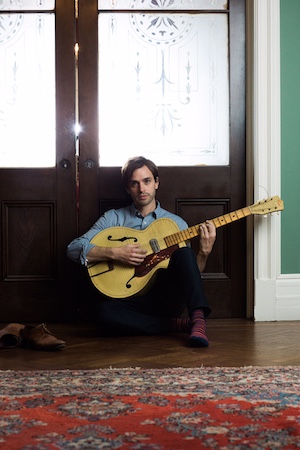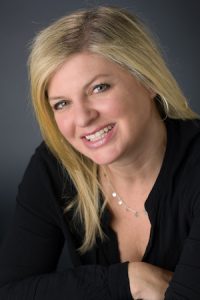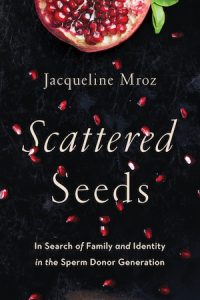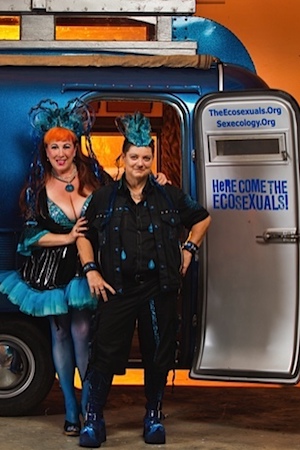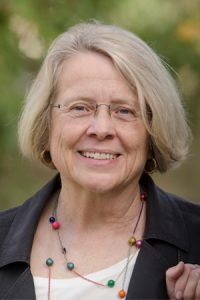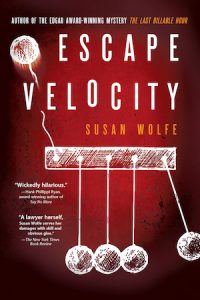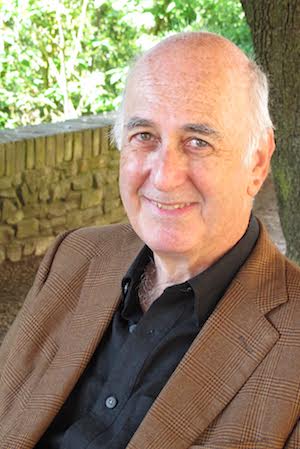We met Val Emmich when he won our Jersey City Pitchapalooza at Word Bookstore. He was so comfortable presenting, he paused in all the right places, and he put the right emphasis on all the right words. And he had a fantastic story. We found out he’s also a very accomplished actor and musician, which explained his ability to present himself. One of the greatest things about being a book doctor is when one of your patients gets a fab book deal with a fantastic publisher. Val did exactly that. So we thought we’d pick his brain about exactly how he managed to add Author to his impressive resume.
Read this article on the HuffPost.

Val Emmich
The Book Doctors: What were some of your favorite books as a kid, and why? What are you reading currently?
Val Emmich: I have pretty poor recall of my childhood years, which may be surprising coming from someone who just wrote a whole novel about a child with a near-perfect memory. That said, I do remember ripping through as many Hardy Boys books as I could. I also have a vivid recollection of listening to one of my teachers read aloud to our class Charlotte’s Web. I was riveted by it, probably because it’s about animals and I love animals, more than I love people. Right now, I’m reading Hillbilly Elegy by J.D. Vance, a recommendation from my father, and The Nix by Nathan Hill.
TBD: David was also an actor who became a writer of books. How do you think this helped you as you craft a first novel?
VE: Acting is about putting yourself in someone else’s shoes. Embodying a character that isn’t you. It requires empathy and observational skills. You keep searching for how to get to the heart of the person you’re trying to portray. You’re looking for a detail that speaks to you. How someone walks. How he got that scar on his chin. How he styles his hair. This is all very similar to the character work necessary for writing a novel. Additionally, the process of reading and breaking down scripts was really instructive, both in terms of understanding the motivation and objective of a given scene and also how stories are structured and paced.
TBD: Tell us about The Reminders.
VE: Joan is ten and she’s got this rare condition where she can recall nearly every day of her life in exact detail. Then there’s Gavin, an actor in his thirties, who’s just lost his partner and soulmate, Sydney. Gavin attempts to rid his life of all reminders of Sydney, hoping it’ll soothe some of his overwhelming pain. But then he learns that Joan possesses detailed memories of Sydney, stories about him that Gavin has never heard, and Gavin has no choice but to dive back into the past. Meanwhile, Joan wants something back from Gavin. She’s the girl who can’t forget, but she’d rather be the girl who can’t be forgotten and she believes that Gavin, a semi-celebrity, might be able to help her achieve that dream.
The idea for the novel first came to me when my daughter fell out of a shopping cart in Home Depot and landed on her head on the concrete floor. Around the same time I saw a piece on 60 Minutes that featured people with this real-life memory condition known as highly superior autobiographical memory (HSAM) and I had this absurd thought: What if my daughter’s bonk on the head resulted in her somehow acquiring this specialized memory? That ridiculous hypothesis, the playfulness of it, set the tone for the whole novel.

Little, Brown, and Company
TBD: Please describe your path to publication.
VE: The quick version. I wrote one novel. It sucked. I wrote a second novel. It sucked less. I wrote a third novel. It was decent enough to get me an agent. We tore the novel apart, and I built it back up again essentially from scratch. Then my agent sold the book and my editors tore it up and I put it back together yet again. By the time the novel was published, in May of this year, it had been ten years of dedicated writing, along with tons of reading (other novels, how-to books), attending writers conferences and picking the brains of the few writers I had access to who had written books.
TBD: Was it difficult writing in two voices?
VE: Very. The most difficult parts were making sure the voices were both distinct and compelling. The consensus among my earliest readers seemed to be that Joan was the star of the book. I knew I’d never be able to have Gavin outshine her. That’s not his role. Still, I wanted to make sure his sections didn’t feel like a letdown after hers.
I’d listen to different music when writing in each voice. I found songs that seemed to tap into the energy of each character. After listening to the songs over and over, the music began to trigger an almost Pavlovian response in me where I’d immediately enter the head of that specific character. Also, I focused in a boringly technical way on the language used by my two protagonists. I created a detailed spreadsheet that counted the frequency of each word in each section. It showed me a lot about what I was organically doing with each character, and at that point, it was a matter of removing what made the two voices similar and emphasizing what made them different. Eventually, this overt hypersensitivity to vocabulary became second nature and I was able to write fluidly, making Joan and Gavin their own distinct people on the page.
TBD: We notice that you are doing house concerts to promote your book. What exactly are they, and how did you come up with the idea?
VE: It just made sense. The book is partially about music. I’m a musician, songwriter, and performer. I record and release albums. I have music fans. I hoped my music fans would also be interested in reading my book. On top of all that, I’ve been to enough poorly attended author events at bookstores, and even when they’re well attended, they can be boring when it’s just straight-up reading. I wanted to do a hybrid event, some reading, a bit of discussion, plenty of music. I didn’t feel like a bookstore or traditional music venue was going to offer the intimate, casual vibe I had in mind as well as the guarantee of a crowd. I wanted a place where people could relax and stay a while and where I could really forge a personal connection. I reached out to some of my fans and asked if they’d be interested in hosting shows in their homes and inviting all their friends. They said yes.
TBD: How does being a musician and songwriter affect your prose writing?
VE: Prose writing requires an ear, just like songwriting. You need to have a sense of rhythm. Also, with a song (at least with my songs) there’s usually a refrain or leitmotif that emphasizes an important theme or emotion. I try to do the same thing in my writing, sprinkle in timely repetitions to drive home something that I deem significant. But I think the biggest thing I’ve learned from my life in music has to with my understanding of the audience. Over two decades of performing in front of a crowd and engaging online with listener feedback, I’ve learned a lot about how to make people feel something. The goal is the same when writing prose: to trigger a reaction in the reader.
TBD: What are you working on next?
VE: I’ve started writing a new novel. Before I get too deep into it, I plan to record and release new music. Songwriting is more tactile and physical than prose writing. It also takes far less time. I need a more immediate artistic fix right now.
TBD: We hate to ask you this, but what advice do you have for writers?
VE: Treat it like a real job and remember that even a so-called real job involves plenty of goofing off. Carve out time to write, whatever works for you, thirty minutes, four hours, however long and sit there, even if you’re not actually typing words or producing pages, just sit there. Even when you’re staring at a white page, mind wandering elsewhere, that’s okay. That’s work. Sitting there with that dumb look on your face is part of the job. Do it again the next day. And the next. If you miss a day, no worries. Miss two days? Doesn’t matter. Put yourself in that chair as many times as you can over as long a stretch as you can. If you keep showing up in that chair, over time, enough time, you might have something. Might not, but there’s no other way to do it. If you want it, that’s what’s required: hours. There’s less magic involved than the would-be writer might imagine. At the end of the day, it’s simple math. It’s a whole bunch of hours added up. Start spending them.
Dubbed a “Renaissance Man” by the New York Post, Val Emmich is a writer, singer-songwriter, and actor. He has had recurring roles on Vinyl and Ugly Betty as well as a memorable guest role as Liz Lemon’s coffee-boy fling, Jamie, on 30 Rock. Emmich lives in Jersey City, New Jersey, with his wife and their two children. The Reminders is his first novel.
Arielle Eckstut and David Henry Sterry are co-founders of The Book Doctors, a company that has helped countless authors get their books published. They are co-authors of The Essential Guide to Getting Your Book Published: How To Write It, Sell It, and Market It… Successfully (Workman, 2015). They are also book editors, and between them they have authored 25 books, and appeared on National Public Radio, the London Times, and the front cover of the Sunday New York Times Book Review.

